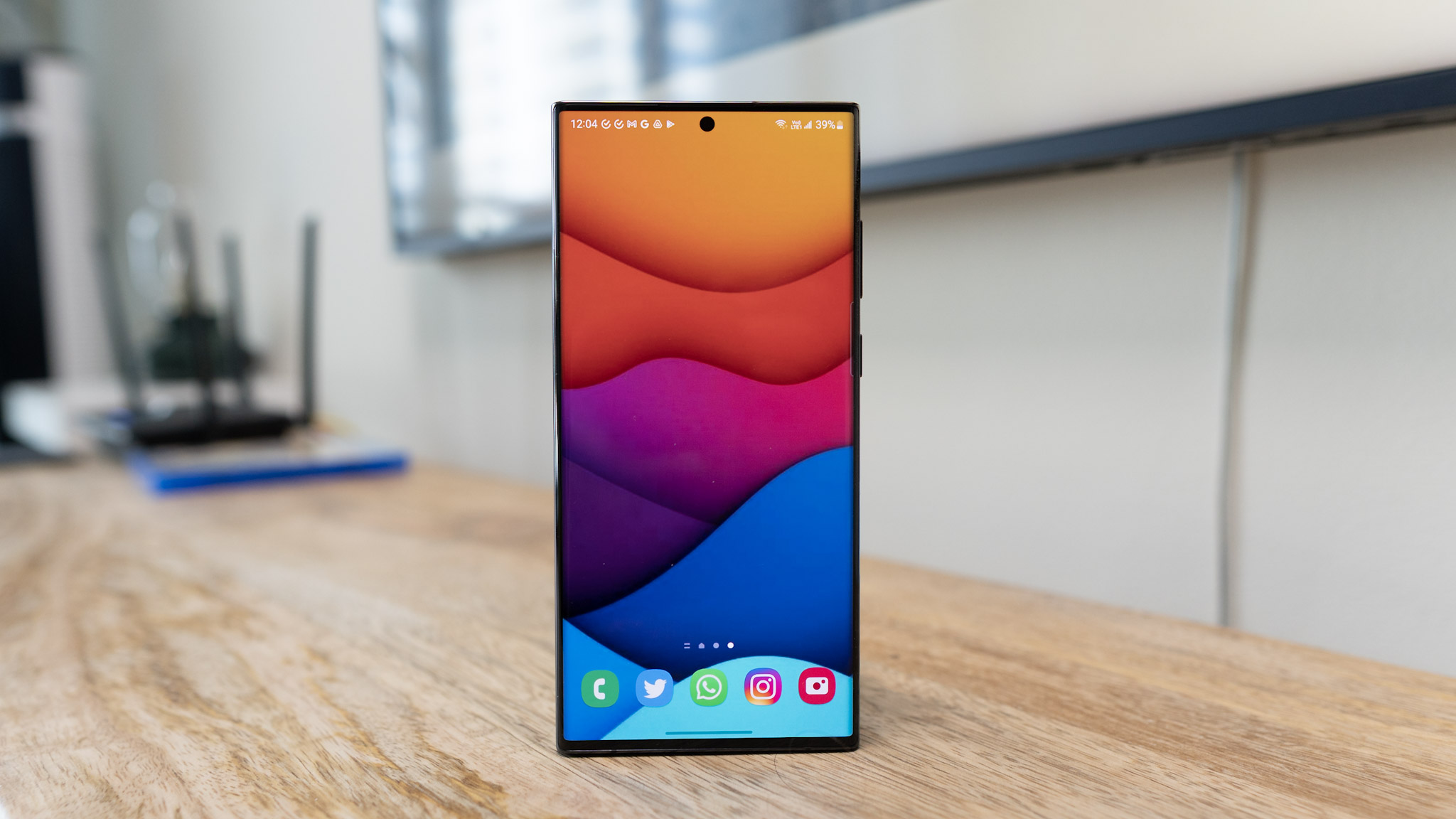New iPhone 14 renders suggest Apple never loved the notch
It's an iPhone icon, so why get rid of it?

I wrote last week about how I couldn't see Apple losing the notch on the iPhone 14 Pro - but another leak suggests that I'm already wrong.
A render has been leaked by 91Mobile's 'industry sources', and clearly demonstrates the iPhone 14 Pro will shed the notch in favor of two holes at the top of the screen - one pill-shaped, one round.
[Exclusive] iPhone 14 Pro CAD renders reveal hole-punch camera, triple rear cameras, and more https://t.co/t1hWgETXkrMarch 16, 2022
This render gives a clearer picture of how Apple will lose the notch, with the speaker grille being slid into the thin metal bezel around the edges of the new iPhone 14 Pro, which looks almost certain to be a real contender for best phone of 2022, even at this early stage.
It certainly looks the most professional of all the leaks surrounding the new phone so far - but we're far from certain it's real, partly because another smartphone leaks site, MySmartPrice, has 'leaked' renders of the base model iPhone 14, using very similar-looking software.
Alleged iPhone 14 CAD Renders Reveal Virtually No Design Changes With Same Notch and Rear Camera Design https://t.co/X09Vt9GO1a by @SamiFathi_ pic.twitter.com/ckfA03Es9jMarch 17, 2022
There's nothing to stop anyone with a modicum of computer-aided design (CAD) experience from making these renders - while we're not saying they're faked, it's impossible to prove their validity.
However, we're seeing an ever-growing stream of leaks around the iPhone 14 and iPhone 14 Pro at the moment, suggesting that the two models will be split in terms of design and power (it seems almost certain that the iPhone 14 will be using the A15 chip) - so these CAD renders do, at least, make sense.
So, was the notch always a stopgap?
Now that we've discussed the validity of these rumors, let's get to the main point: if Apple does go with the 'pill-and-punch' design for the iPhone 14 Pro, it'll prove that it never really loved the notch - or at least that it's fallen out of love with the feature.
Get daily insight, inspiration and deals in your inbox
Sign up for breaking news, reviews, opinion, top tech deals, and more.
Why? Because there's no need to get rid of it. The notch, as I mentioned before, has become synonymous with the iPhone, and while it's still derided in some forums, it certainly hasn't harmed sales - the latest iPhones are some of the most popular ever.
So, surely Apple could keep going with the notch at the top of its phones until it can deliver a true fullscreen experience - one that doesn't have any holes of any kind.
Something striking about this current leak that keeps appearing over and over again is that it lacks one key thing from Apple designs: symmetry. I'd have more easily understood two pill-shaped holes, or a single, large pill in the middle of the screen.
This way just looks messy (although the latest render is more pleasing to the eye) - so what would cause Apple to decide it's a better idea?
One option could be that more screen just looks better, and it's worried that rivals like Samsung and OnePlus are gaining positive looks from users who like the fact the screen floods more of the phone, and doesn't want to drop away from the pace of its rivals.

But there's another theory: Apple doesn't want to make an all-screen iPhone. Doing so would mean it would look the same as nearly every other phone out there - you might hate the notch, but see a smartphone in silhouette with that notch cut out, and you'll instantly think iPhone.

Consider the iPhone SE 2022 - it's got those thick black borders and the home button. It's an aged design, but it's still obvious to most smartphone users which it is.
Then look at the 'phone' on the right-hand side: it's nondescript. It doesn't have an identity.
While the 'punch-and-pill' design is asymmetrical, and very 'un-Apple', it would still look obvious in that line-up - so maybe this was Apple's end-goal for the notch all along?
If you can't wait for the new iPhone, what do you think about the new iPad Air 2022? The new tablet for you, or too much of an iPad Pro clone?

Gareth has been part of the consumer technology world in a career spanning three decades. He started life as a staff writer on the fledgling TechRadar, and has grew with the site (primarily as phones, tablets and wearables editor) until becoming Global Editor in Chief in 2018. Gareth has written over 4,000 articles for TechRadar, has contributed expert insight to a number of other publications, chaired panels on zeitgeist technologies, presented at the Gadget Show Live as well as representing the brand on TV and radio for multiple channels including Sky, BBC, ITV and Al-Jazeera. Passionate about fitness, he can bore anyone rigid about stress management, sleep tracking, heart rate variance as well as bemoaning something about the latest iPhone, Galaxy or OLED TV.